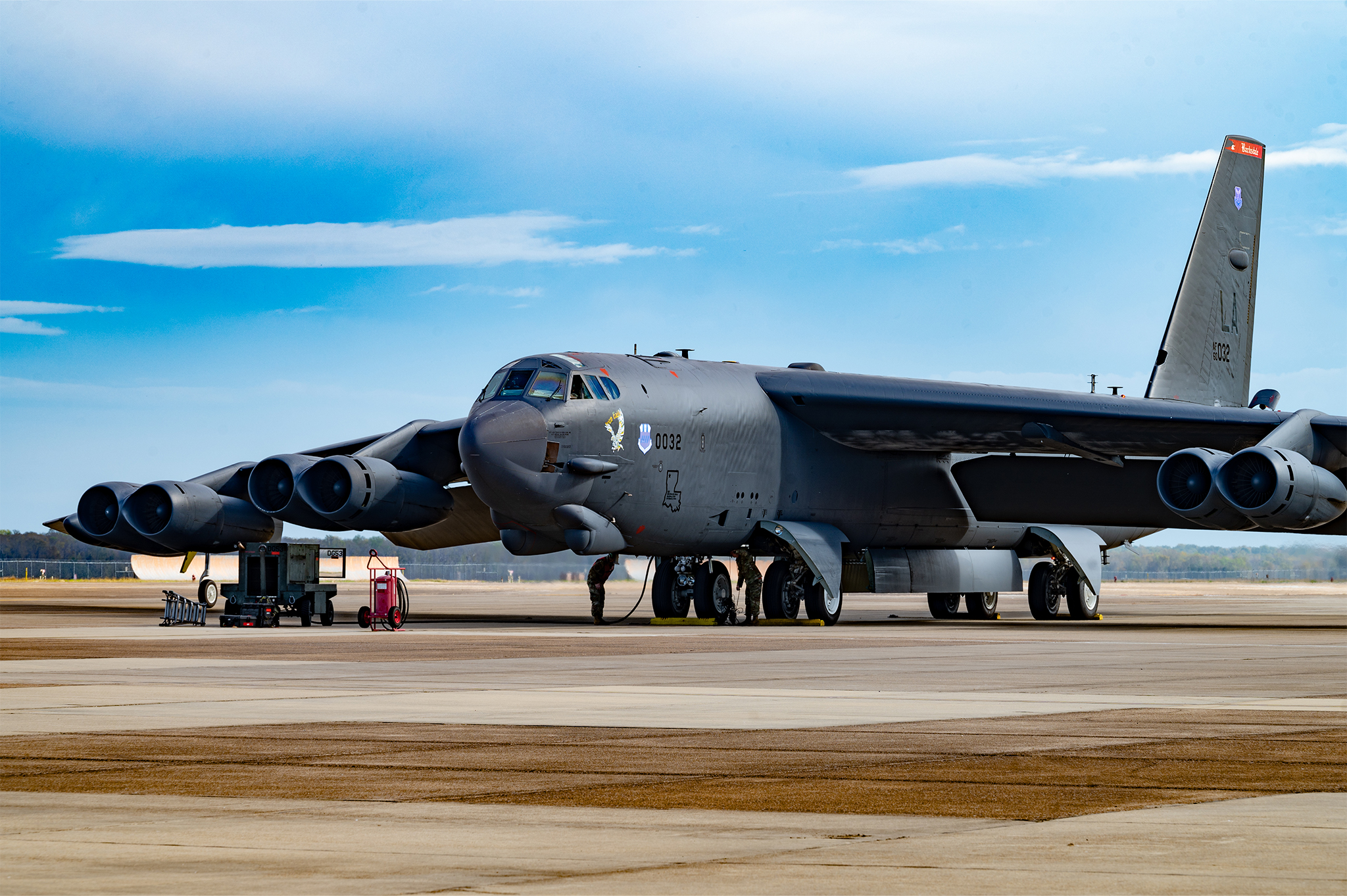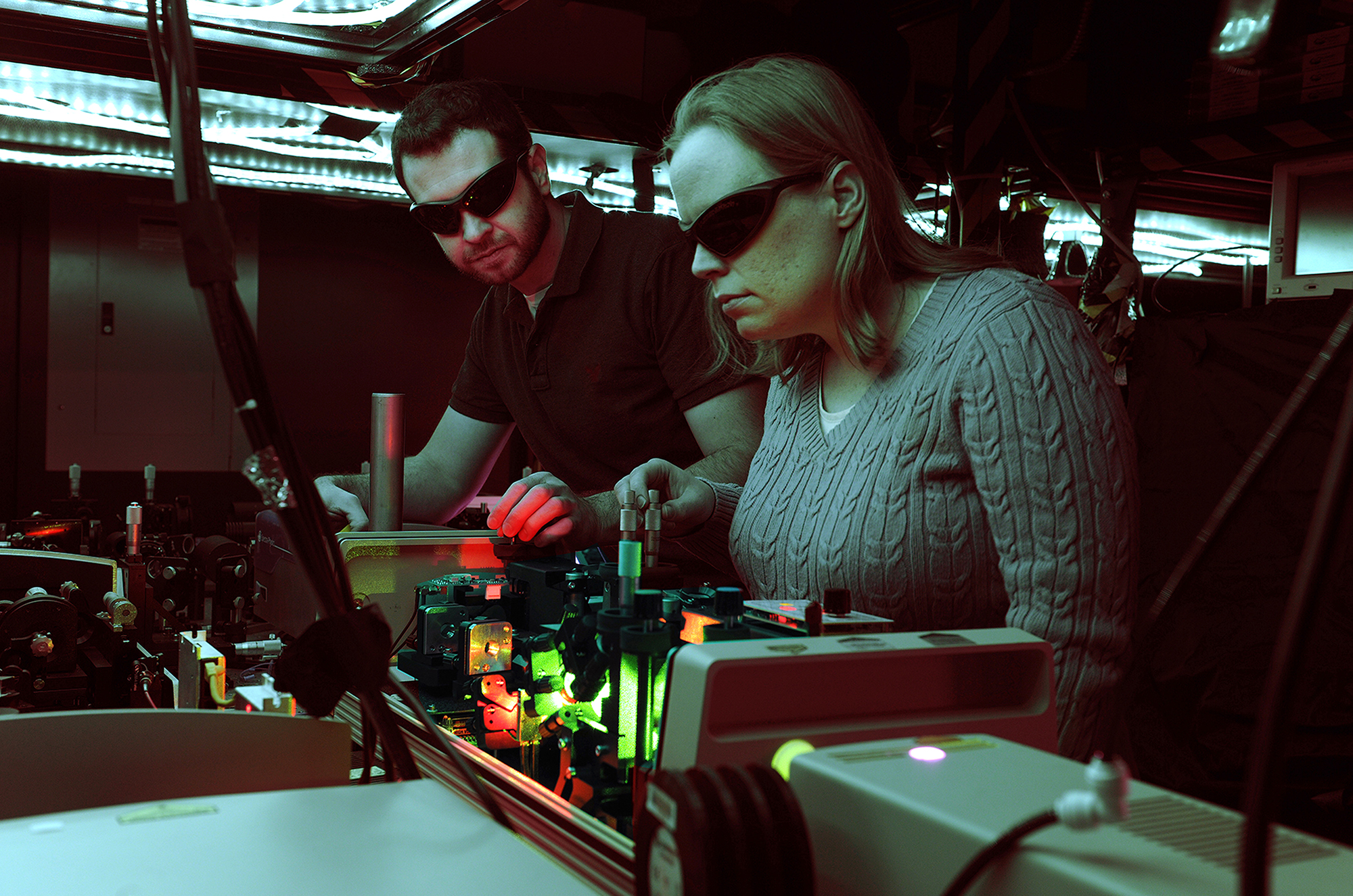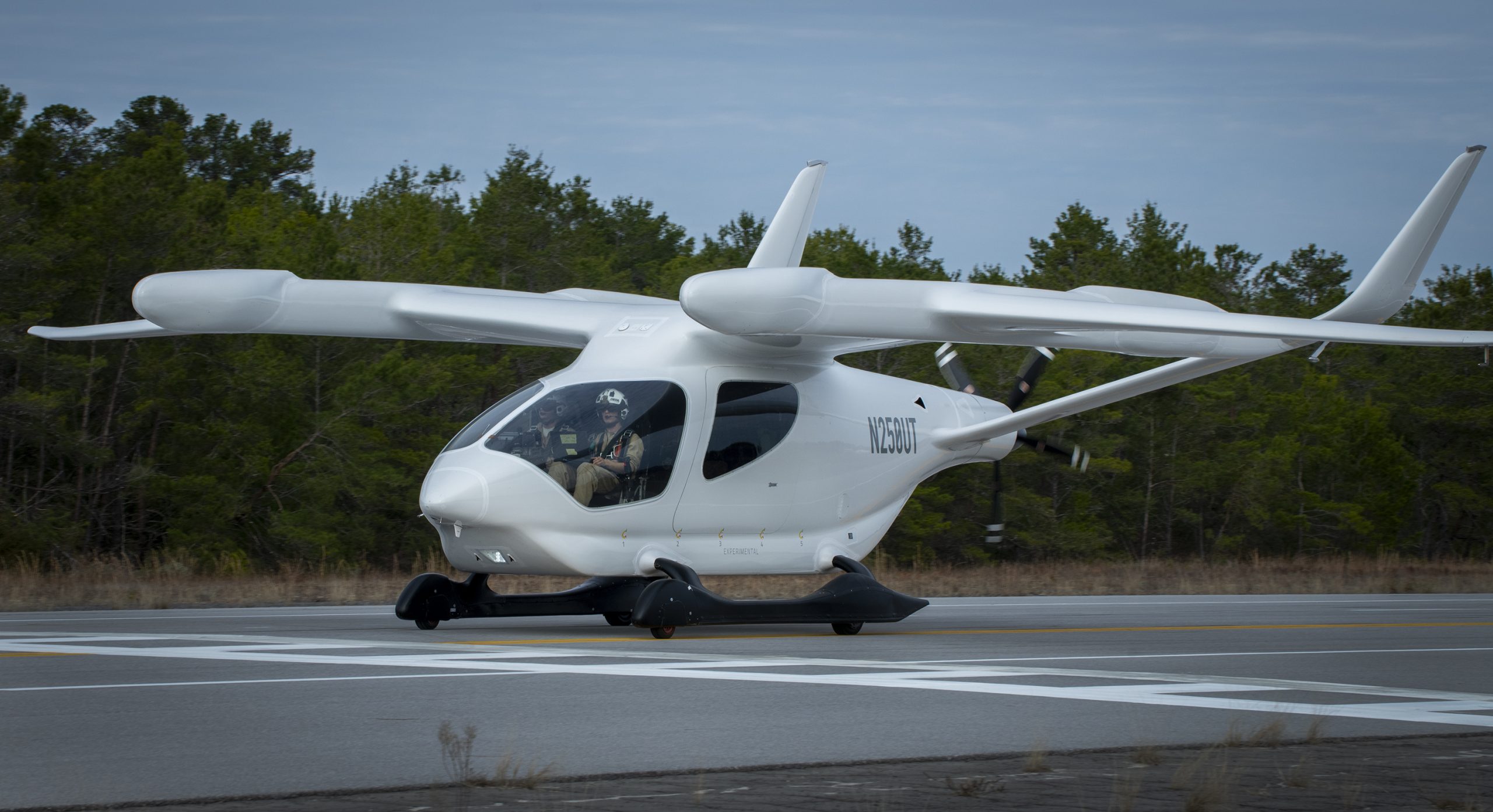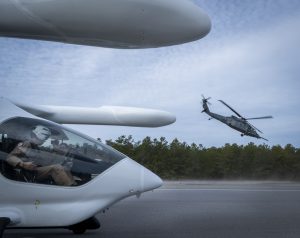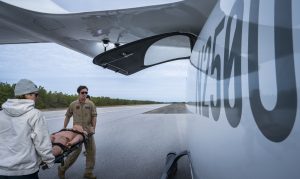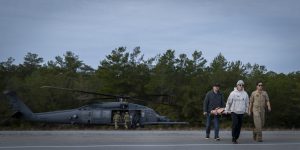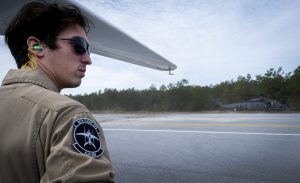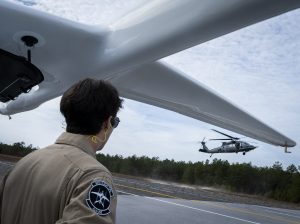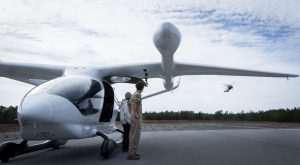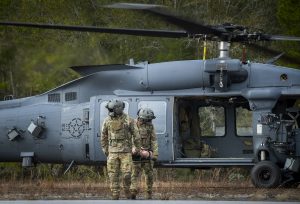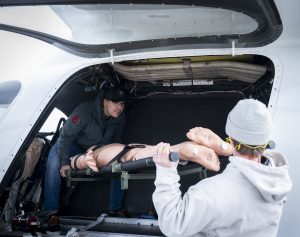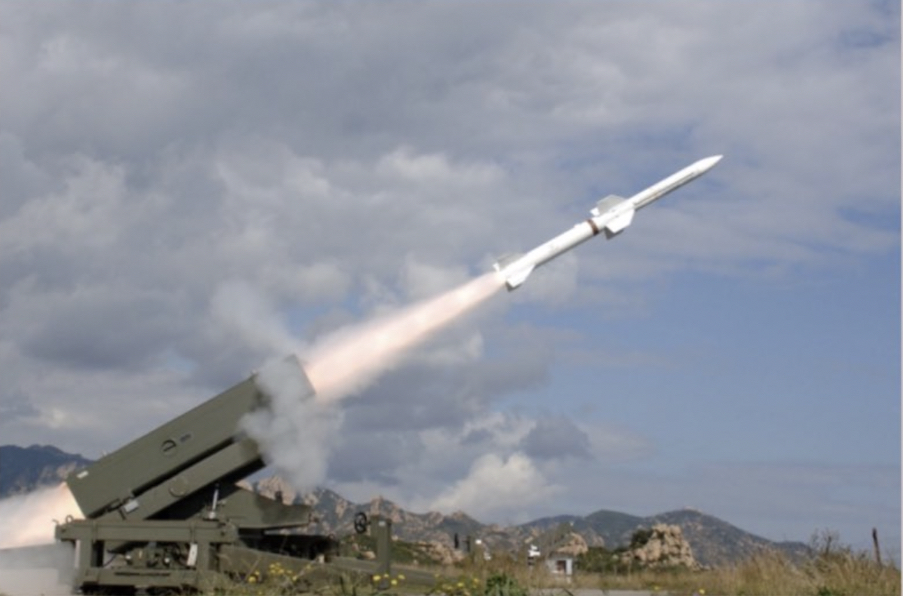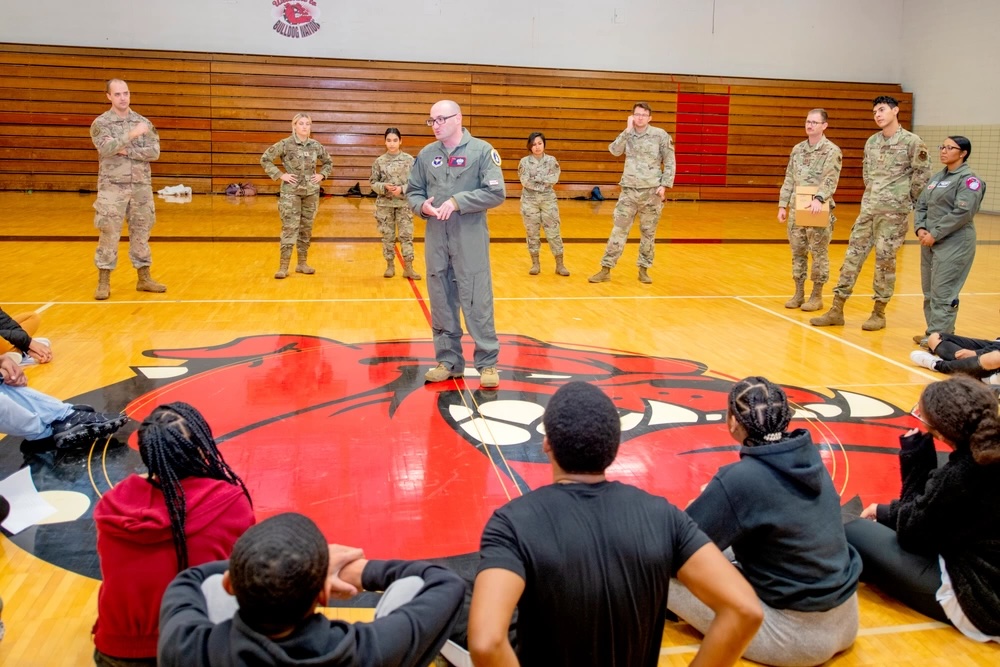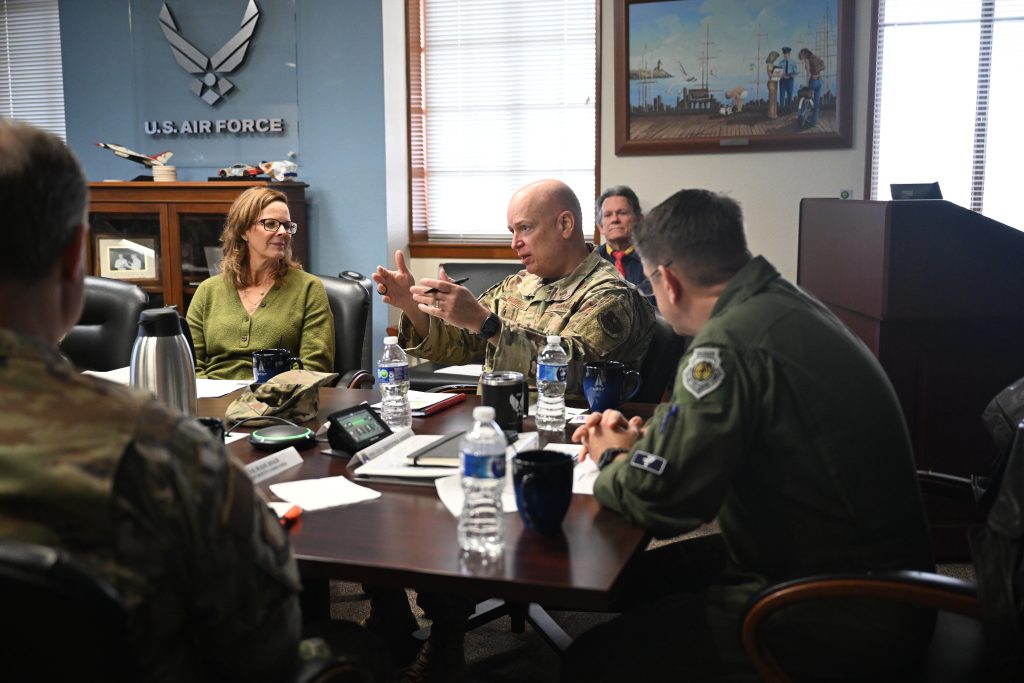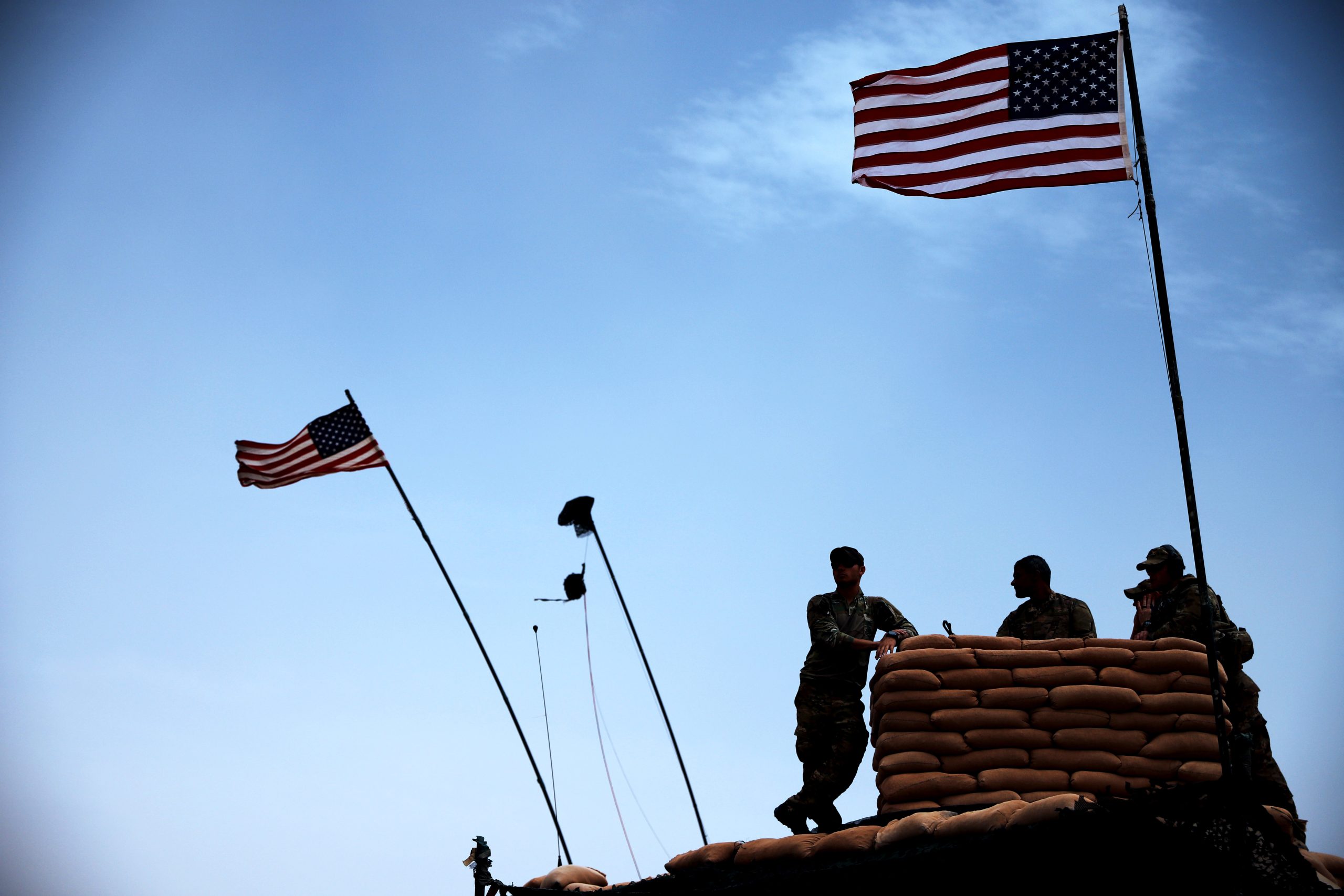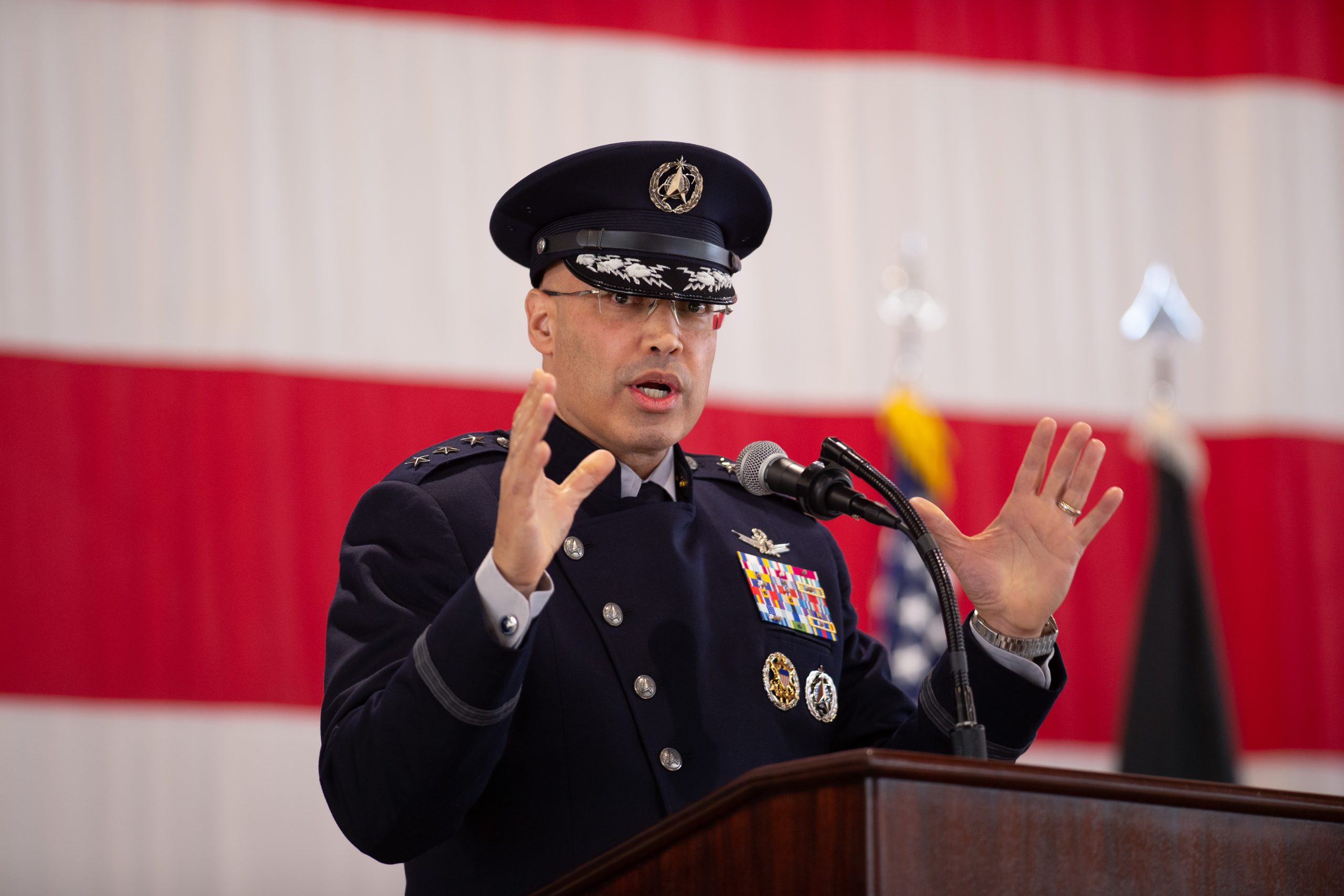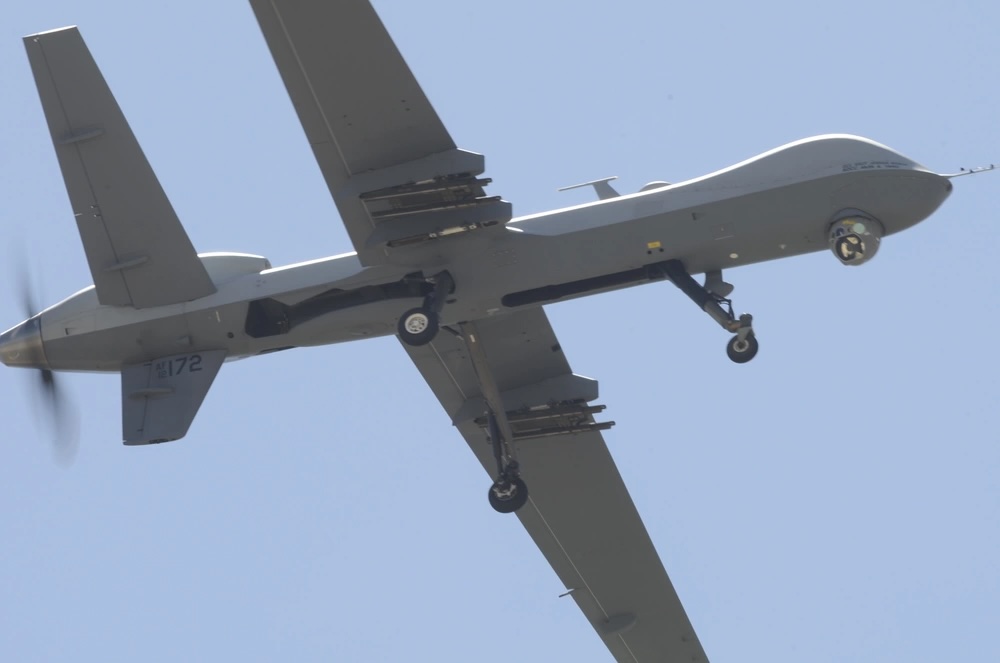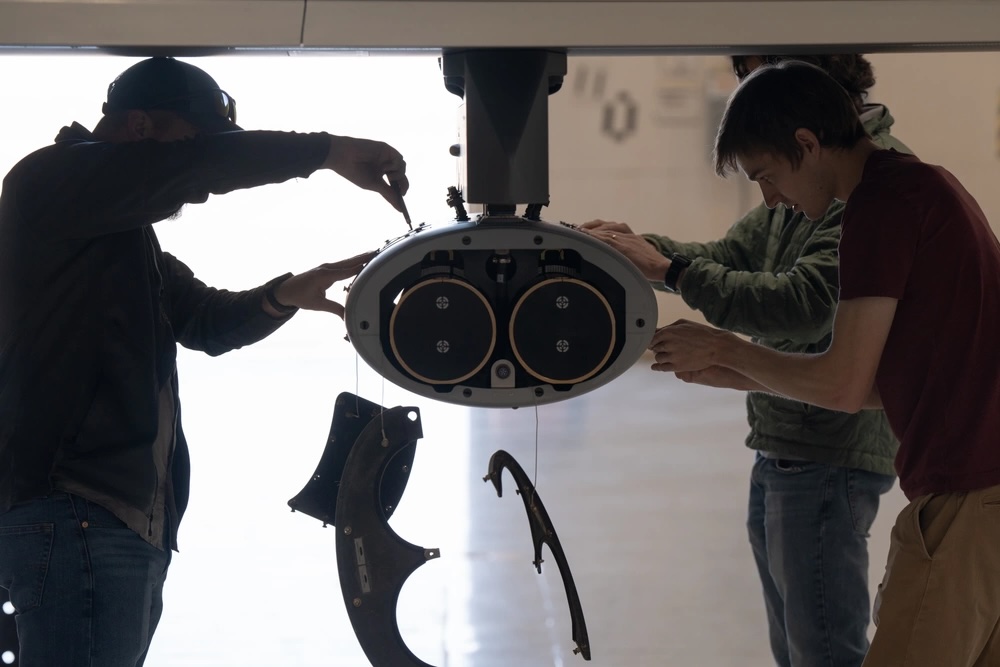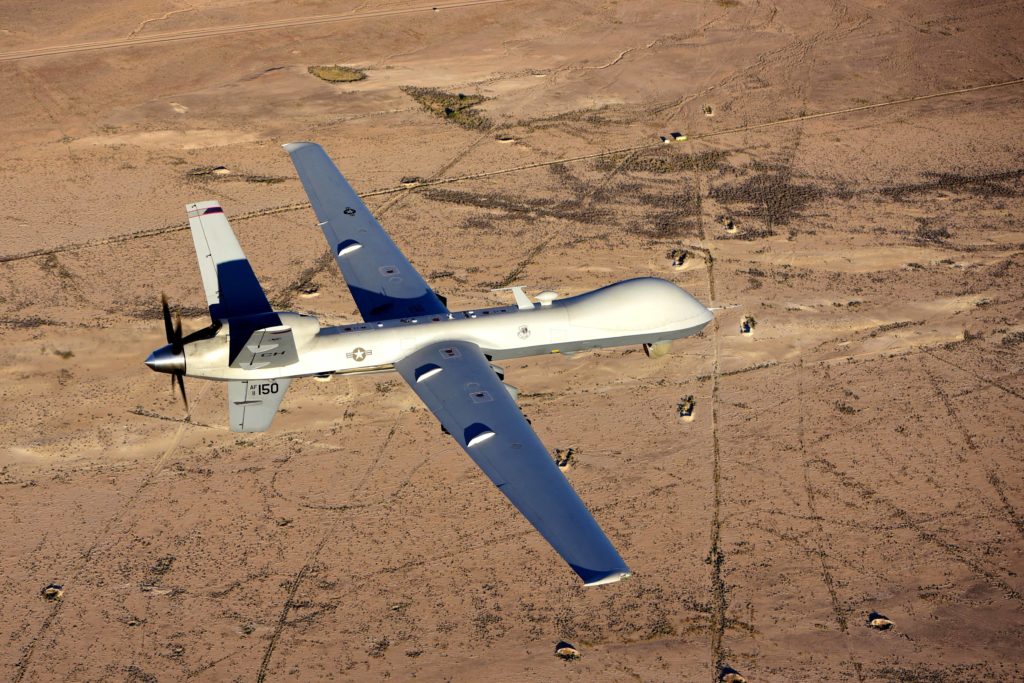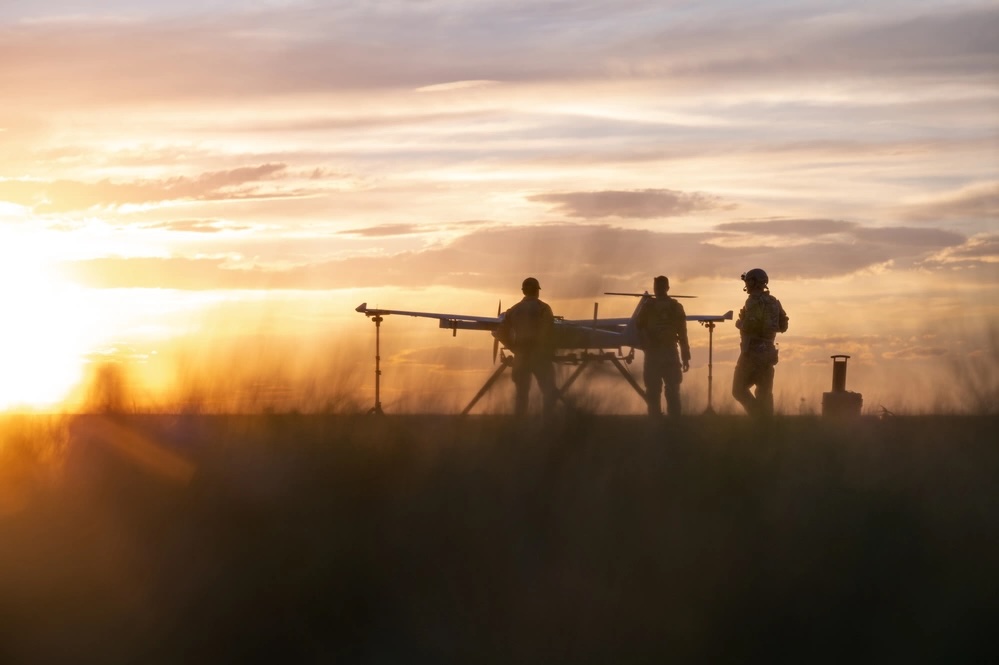BARKSDALE AIR FORCE BASE, La.—Starting in the late 2020s, the Air Force’s fleet of B-52 bombers will transform with new engines, a new radar, updated communications and navigation equipment and more. What was the B-52H will become the re-designated, upgraded B-52J.
At one of only two operational B-52 bases in the service, members of the 2nd Bomb Wing are excited for the major changes, while still putting in long hours and lots of work to keep the H model flying around the globe in the meantime.
“The B-52 has been and will continue to be a very strong message of, the United States will support for allies and deterrence, just by flying through their airspace or putting a jet down on a runway in a friendly nation,” Col. Michael D. Maginness, 2nd BW commander, told Air & Space Forces Magazine.
Barksdale is anticipating its B-52s to be upgraded in the late 2020s and early 2030s, Maginness said. After that, the aircraft will fly through 2050.
The re-engining will make a major difference for the likes of Master Sgt. Joshua Crowe, a B-52 engines maintainer.
“With the new ones, they’re proposed to have enclosed systems, so you don’t have to spend more time on the back-end servicing,” said Crowe. “And the longevity of them; they’re supposed to be able to sit on the wing longer in between changes, if not, maybe not even change at all for the lifetime of it. Essentially, we’re going to be able to extend our missions longer and reduce our touch time on the ground so that we can free up those technicians to do other things.”
The new powerplants will also give aircrew more time in the air—and less time attached to tankers.
“It pushes out our strike capabilities,” said 1st Lt. Rebecca Moore, a B-52 electronic warfare officer (EWO). “And the efficiency minimizes how much aerial refueling you have to do.”
In a massive aircraft like the B-52, aerial refueling from an older aircraft like the KC-135 Stratotanker can be tough to hold in place and stay steady—“fatigue-inducing,” B-52 pilot Capt. Michael Brady said. A different Air Force modernization effort, the KC-46 Pegasus, will also make a difference for B-52 crews.
“The bumpiness of the KC-135 versus the KC-46 is… my day is made, when the aerial refueling is with the 46,” said Moore, who sits in the back on the same floor as the pilots but facing backward, adding that her experience as an EWO can differ from the feelings in the cockpit.
Brady described the KC-135 as the bomber’s “best pal,” but also said the KC-46 “is forgiving, not to inspire complacency, but it’s definitely a confidence booster. It’s an incredibly capable plane.”
Finally, the new comms equipment coming as part of the upgrade will mean more information and connectivity for the crews’ weapons system officers, noted Lt. Col. Amanda Goncalves, 2nd Bomb Wing Inspector General.
All of that is still years down the road. More immediately, the 2nd Bomb Wing has flown its BUFFs from northwest Europe to South Korea to even a mission within the U.S. Southern Command region in the past year, and air crews put in 12-15 hours per day in training, said Goncalves, with some days going even longer. That includes:
- full days of mission planning to discuss contingencies
- air refueling, simulated weapons events, or simulated defensive profiles
- ‘pattern work,’ practicing various configurations for takeoffs and landings
- debriefing and evaluation
Officials declined to discuss future operations, citing operational security, but demand for the B-52 remains high, said Maginness said.
“Frankly, there are more requests for B-52 airpower than we can service at this point,” he said. “It brings such an incredible capability to the combatant commanders, long range precision strike.”
